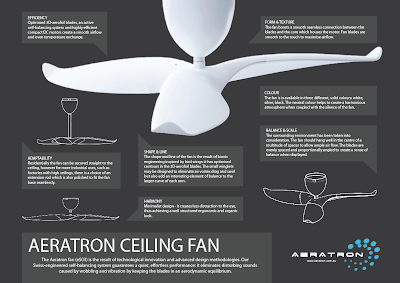The brief of this assignment was to use the JCDecaux posters to show the essence of the material, and with that in mind, I wanted to explore how far I could take a simple strip of the material. The slight stiffness yet ample flexibility of the material allowed me to naturally twist it to form elegant figures, and I used that to my advantage. I began by looking at more nature inspired shapes, such as the subtle twists of vines, and that lead me to looking at floral patterns. I also did some research into lamp shades, and drew inspiration from how they draped, and I wanted to recreate something similar from strips.
There were problems I ran into, as I first did experiments with paper, and the polypropylene was slightly different, both in texture and in weight, so I had to alter my design many times. There were also problems regarding how the lamp had to flat packed, and that narrowed down my ideas further. I had to do multiple experiments as I used a metal ring, and the tension of the strips together made the material more rigid than I intended it to be. I wanted a free flowing, draping design, so to keep the idea I had in mind, I changed the actual size of it to allow the material to show its natural form.
Finally I can say that my final design combines the natural curve of the material, with the ability for it to twist into elegant shapes. It is a ceiling light, large enough to be seen from a distance, and when stood underneath of, there are multiple flower patterns made through gentle twists. It is all held together with a simple silver ring, because it is both chic and modern, adding a minimalistic touch to an already full light design. Looking at the light straight on, it is very reminiscent of a lamp shade, the drapes adding a new modern touch.
 |
| Concept Poster. |
 |
| Assembly Instructions. |
 |
| Autocad Cutting Template. |
Five peer assessed comments, links and names are below:
- Daniel Foo: http://fooides.blogspot.com/2011/10/upcycled-utility.html#comments
- Benjamin Ma: http://mabenjamin.blogspot.com/2011/10/product-poster_17.html?showComment=1318850734357#c4526137167801375368
- Ricky Chu: http://starocean01.blogspot.com/2011/10/assignment-2-lamp.html?showComment=1318851449171#c8899589385940539684
- Rowena Goodall: http://rowenagoodall.blogspot.com/2011/10/studio-one-light-assignment.html?showComment=1318851622521#c4868758587799946540
- Doug Cusack: http://dougcusack-ides1031.blogspot.com/2011/10/project-two-upcycled-utility-poster.html?showComment=1318852034172#c3352748072689766938















































